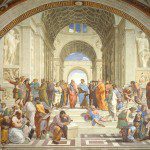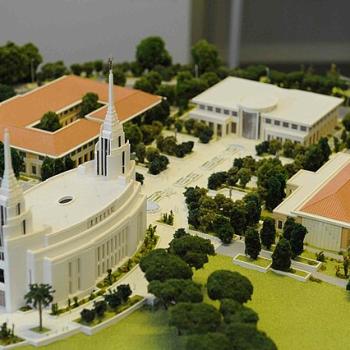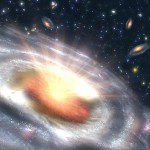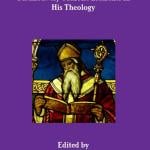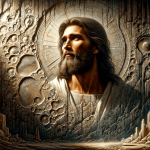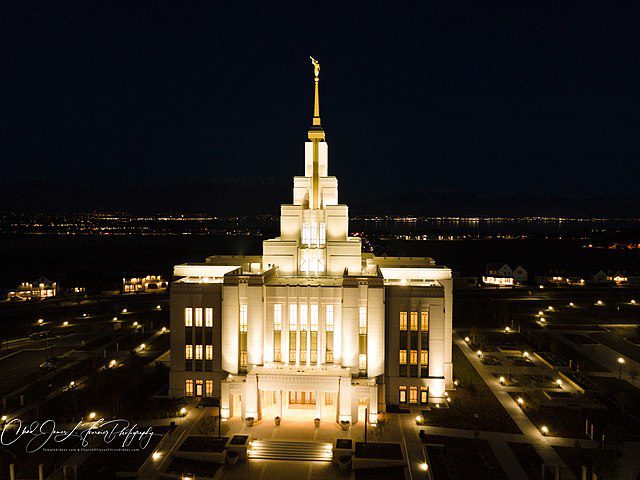
“One thing I have desired of the Lord, that will I seek after; that I may dwell in the house of the Lord all the days of my life, to behold the beauty of the Lord, and to enquire in his temple.” (Psalm 27:4 KJV)
I love the temple, and I love temples. A few weeks ago, my wife and I drove out to take a nighttime look at the newly completed Saratoga Springs Utah Temple, across the water from our home and back a bit from the northwestern shore of Utah Lake. We’d seen it before, but now it was much more impressive than I had previously realized. (And, in my opinion, prettier than is shown in the photograph above.) And today, with a friend of my wife’s, we attended the temple’s open house (which continues through 8 July 2023, after which the temple will be dedicated on 13 August 2023 by President Henry B. Eyring). It’s a beautiful building, with an interior emphasizing purples and blues and adorned with dozens of paintings. We thoroughly enjoyed our visit. I love the temple, and I loved this temple.

I’ve read that there is vocal opposition to the new design of Utah’s state flag — though evidently not enough to get a referendum on the ballot to overturn its adoption.
So I want to go on public record as liking the new flag very much. I like the red, white, and blue colors. I like the imagery of red-rock deserts, snowy mountains, and blue sky. Moreover, the beehive is a fitting homage to the older state flag (which will apparently still be used) and, yes, to the state’s Latter-day Saint pioneer heritage. Most of all, I like the flag’s simple, bold, fresh, dramatic look. The old flag is staid and unmemorable and, well, old, which isn’t the look that I want for Utah (and, true confession, not a look that I want for its predominant faith, with which it history is so intimately tied up and which is famously headquartered here).
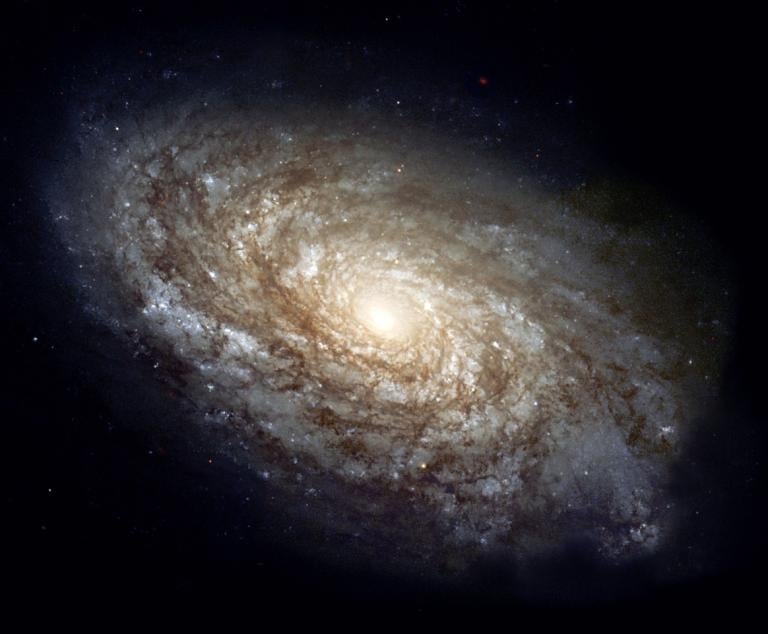
I share with you a few passages from Michael Guillen, Believing is Seeing: A Physicist Explains How Science Shattered His Atheism and Revealed the Necessity of Faith (Carol Stream, IL: Tyndale Refresh, 2021). These are notes that I’m filing away for use in my own projects, and I hope that some others out there will find them of interest.
Dr. Guillen is reminiscing about his time as a non-religious graduate student at Cornell University:
One day, . . . a group of observational astronomers, led by Princeton’s legendary P. J. E. Peebles, announced that galaxies are not scattered randomly throughout the universe, as we’d always supposed. Rather, they form a pattern, like a magnificent 3D work of art.
Where did this pattern come from? What did it signify? Was it just an accident? (7)
Very quickly, I learned that galaxies rotate slowly, like enormous merry-go-rounds. According to a scientific law called the virial theorem, the more massive the galaxy, the faster it spins.
I also learned that galaxies spin much faster than they should, in apparent violation of the virial theorem. It’s as if they are far more massive than they appear — like they’re bloated with some kind of unseen material that makes them spin abnormally fast. My astronomy professors called this mystery the missing-mass problem.
Today, we call this hypothetical missing mass dark matter. Based on what little we know, we speculate it could be an entirely new invisible form of matter, ruled by an entirely new kind of force. But honestly, we don’t know what it is — or even if it really exists. (8)
More recently, we’ve discovered another oddity about the heavens that is also totally invisible: dark energy. From what we can tell (which is precious little), it behaves like a repulsive force that causes the universe to balloon out at an accelerating speed.
And get this: Together, dark matter and dark energy seem to constitute 95 percent of the entire universe. That’s right, scientists now believe that 95 percent of the universe is invisible to us. (8-9)
When I first learned about the missing-mass problem and what we now call dark matter, it blew my mind, rocked my reality, and challenged my perception of everything. (So did the discovery of dark energy, but that happened after I graduated, when I was teaching at Harvard.)
As a pious scientific monk — a liberated, free-thinking Atheist — I lived by the trusty adage that seeing is believing. I refused to believe in anything I couldn’t actually see and that couldn’t be proved.
But that worldview was now out the window because science had discovered that what we are able to “see” — what we’re able to prove the existence of — is only a small fraction of what’s out there.
The missing-mass problem made me realize that if I stuck with my hard-nosed, scientific worldview — if I insisted that “seeing is believing” — then I’d be turning a blind eye to 95 percent of what’s out there in the universe. Clearly, my worldview was too narrow-minded for the cosmos.
It needed some expanding. It had to become big enough to include belief not only in what I could see and prove but in what I could not see or prove — such as dark matter. Otherwise, I couldn’t honestly continue calling myself a scientist. (9)
I learned that 95 percent of the “observable” universe is invisible to us and that beyond it is an unobservable universe that is 100 percent invisible to us. (15)
By the way, back on 13 August 2015 I published an article about dark matter in the Deseret News: “Materialism isn’t what it used to be.” But here’s a bit more from Michael Guillen:
Are there truths that cannot be proven? YES
Both science and mathematics agree on this one, so I’ll give you a quick example of each one.
First, science. Consider Einstein’s famous equation from his theory of special relativity: E=mc^2. We now have more than a century’s worth of evidence that it’s true.
Is that proof? No.
Why not? I’ll let Einstein answer it for you: “The truth of a theory can never be proven. For one never knows if future experience will contradict its conclusion.”
Over the years, Einstein’s cogent observation has been paraphrased thusly: “No amount of experimentation can ever prove me right. A single experiment can prove me wrong.”
So, then, even though special relativity appears to be true, science can’t ever prove it.
Second, mathematics. Say hello to Kurt Gödel. After Aristotle, he’s the greatest logician who ever lived.
In 1931, the young Austrian proved what’s now called Gödel’s incompleteness theorem (GIT). The mathematics of it is a bit complicated, but its central message is not.
According to GIT, there are many truths that can never be proved using conventional logic. Yes, you read that right. Ordinary Aristotelian logic simply isn’t powerful enough to affirm the veracity of certain big, complicated truths.
I like to summarize Gödel’s astonishing findings this way: Truth is bigger than proof. (32)




